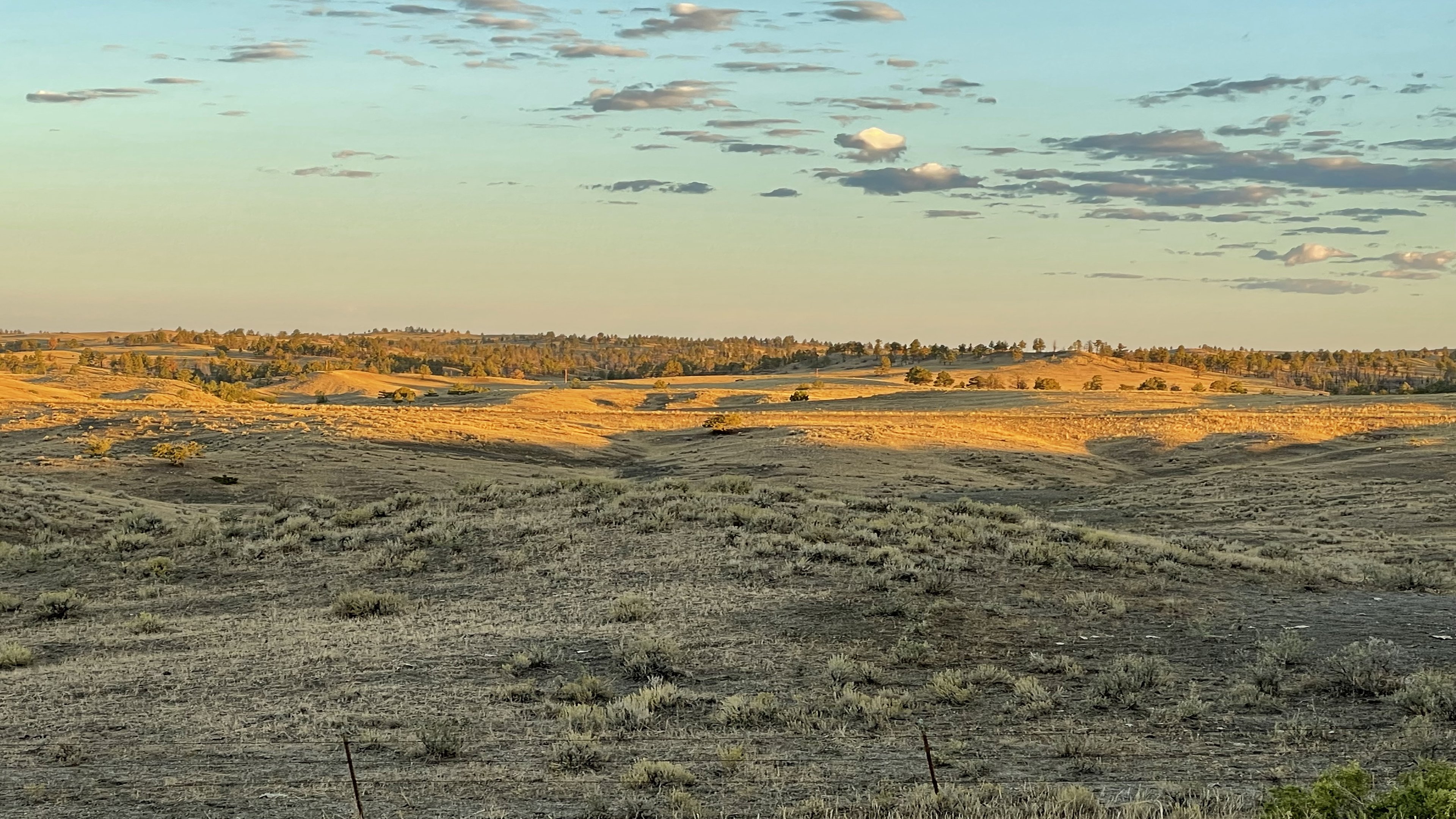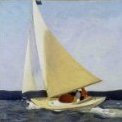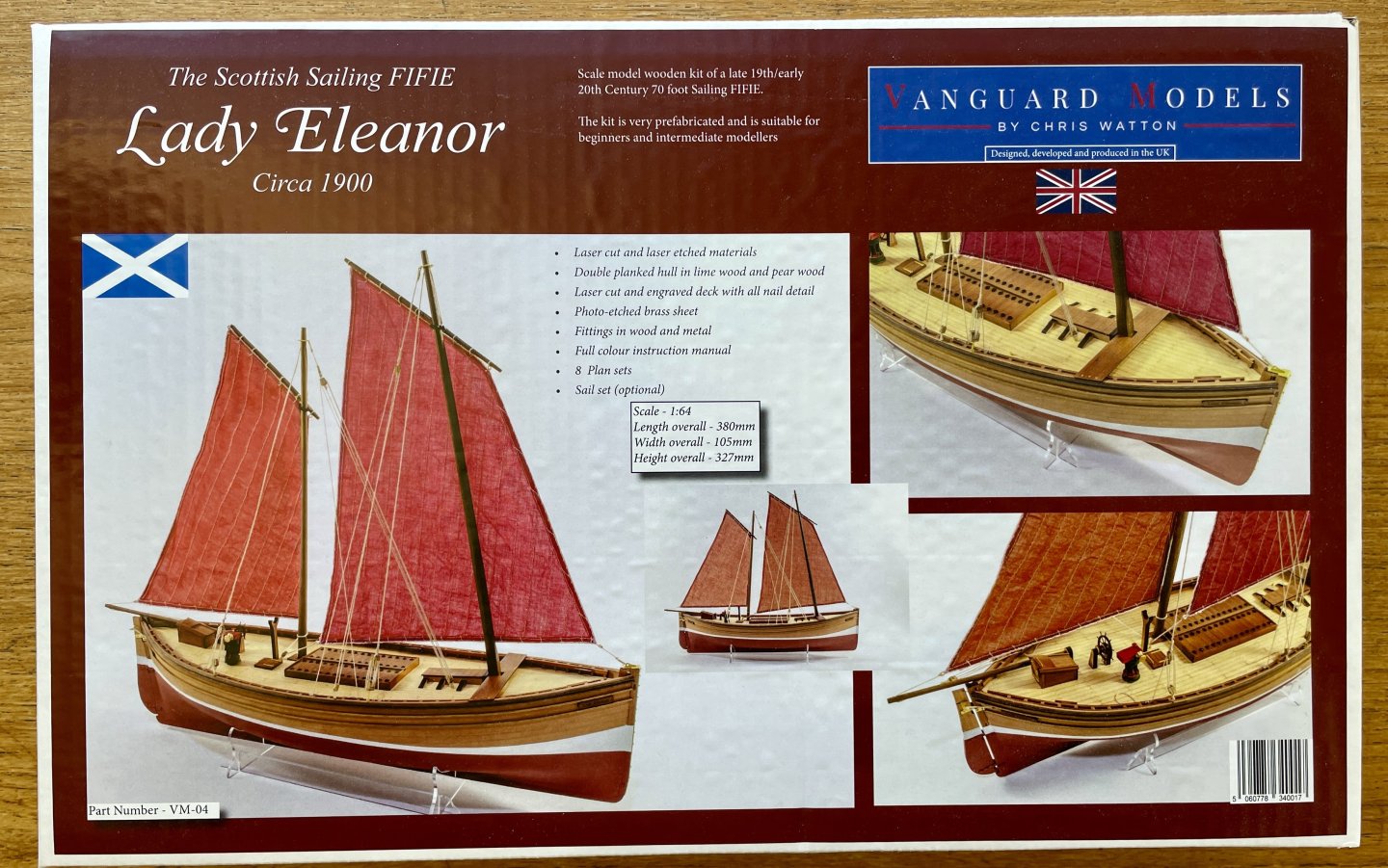-
Posts
618 -
Joined
-
Last visited
Content Type
Profiles
Forums
Gallery
Events
Posts posted by Jay 1
-
-
Kit Overview
Since there are currently 10 other “Lady Eleanor” logs on MSW (of which 7 are completed) that depict and describe the kit, I figured I would just post an obligatory kit-box shot and not go into detail with additional kit photos and content descriptions because that information is already available.
Though with the above said, I do want to say that the 70% completion stat for Eleanors speaks volumes about the skill, hard work, and both attention to detail and attention to quality Chris has put into designing kits that beginners can succeed at building.
Absolutely brilliant!
Cheers,
Jay
-
Prologue
My build will be named after my daughter, Ariel, who was killed 8 years ago, be based on features of the Fifie “True Vine,” and use the Vanguard Fifie kit “Lady Eleanor” for a base platform.
I’ve always had an affinity for smaller working craft, so doing one as my 1st build after an 8 year break from modeling felt right: It feels good to be back on MSW and building again! At this point, I consider myself kind of a beginner and plan on building a couple more Vanguard beginner kits to get my skillset back and etc.
Smaller craft like fishing boats don’t always get a lot of love from kit makers because they don’t necessarily catch the eye of many builders. Thank you Chris for changing that with the launch of your fishing fleet that are now in the vanguard of many newcomer’s 1st builds (sorry, but I couldn’t resist making those bad puns and the one below…).
Because fishing boat kits have largely been left in the wake by kit makers, until Chris, and by many writers—Chapelle’s classic “American Small Sailing Craft,” Edgar Marsh, and James Pottinger are notable exceptions—I am including a bit of general history of Fifies and Zulus from Marsh to perhaps spark more curiosity about smaller boats.
A fun aspect of building working boats like “Lady Eleanor” for me is they readily can be enhanced with a wide breadth of creative features or details. For one example: If you want to, you can always add an anti-aircraft gun or cannon or swivel gun to one of these little guys and call it a Special Boat Service craft—after all, it’s your build!
Cheers,
Jay
- GrandpaPhil, BobG, mugje and 4 others
-
 7
7
-
-
Very nice fix, Mike--your stern looks fantastic!
Cheers,
Jay
- mtaylor and Stuntflyer
-
 2
2
-
-
Mike, your latest go with the fashion pieces look excellent! Also thanks for sharing your experiences with these along with how you solved getting them to look right--very much appreciated!

Cheers,
Jay
- Stuntflyer and Canute
-
 2
2
-
-
-
Congratulations and beautiful work, Thanasis on a wonderful model!
Cheers,
Jay
-
Mike, your planking looks great, and nice catch/fix on that one plank!
Cheers,
Jay
-
Great build and am really enjoying all your tips--thanks for sharing!

Cheers,
Jay
-
Those false seizings are great!

Cheers,
Jay
-
Great idea with the thimbles--I'll be borrowing this technique!

Cheers,
Jay
-
Wow, Thanasis your work is absolutely superb and I love your paint job--it's stunning!
Cheers,
Jay
-
-
-
Alan,
Here's a Worldcat listing for the work: http://www.worldcat.org/title/ship-models-the-collections-of-rogers-sergison-and-pepys/oclc/39685807&referer=brief_results
You may be able to arrange an inter-library loan.
The USNI has the work: http://www.usni.org/magazines/proceedings/1938-11/ship-models—-collections-rogers-sergison-and-pepys
Viewing the work through them will cost $59 USD for a membership.
Cheers,
Jay
-
-
Very much enjoying your build, Maury--your commentary as you progress is exceptionally helpful and your work is excellent!

Cheers,
Jay
-
-
Looking really great, Mike--wow, you're making fast progress!
Cheers,
Jay
-
-
She is absolutely stunning, Kees! Beautiful craftsmanship and loved the weathering--congratulations on your lovely model!
Cheers,
Jay
-
Mike, thanks for sharing your approach for fairing your hull! I was thinking the same about curved blocks working better, but I wasn't thinking of using 4. What you said about using 4 blocks makes great sense, and I'll use at least 4 when I get to that step of the build--again, thanks for the tip! Am just starting on tapering to the bearding line.
Cheers,
Jay




Ariel by Jay 1 – Vanguard Models – 1:64 - based on the True Vine 1905 using Lady Eleanor kit
in - Kit build logs for subjects built from 1901 - Present Day
Posted
Fifie and Zulu General Background
The late Edgar Marsh, of the UK’s Society for Nautical Research, along with the late Phillip J. (P.J.) Oke, who was commissioned by the Society in the 1930s, did for documenting the history of UK fishing vessels what Howard Chapelle did for documenting American fishing craft history (Chapelle’s work is now part of the US’ National Watercraft Collection). Without the work of these men, much of what we know about small sailing fishing craft would have been forever lost.
Where Chapelle and Marsh differ is Chapelle’s work primarily focused on taking off the lines of America’s surviving small craft, while Marsh coupled invaluable firsthand narratives about the UK’s fishing craft with the cultural (both social and economic) context of the UK’s regional fisheries in addition to taking lines off UK craft.
The development of Scotland’s fishing Fifies and Zulus grew out of the 18 August 1848 gale disaster that claimed upwards of 100 fishermen’s lives (Marsh, “Drifters” 227 – 241). Although one of the findings during the subsequent inquest into the disaster were deficiencies in boat design was a significant factor in the high number of lives lost, it wasn’t until design prototypes introduced to the Scottish fishery by the Royal National Lifeboat Institution in the later 1860s and early 1870s that boat design changes began being embraced by both fishermen and builders on Scotland’s East Coast (Marsh, “Drifters” 240 – 241).
As an aside, it is interesting to note that while Marsh wrote at considerable length about the 1848 disaster, he only devoted a line or two in his “Sailing Drifters” to the 1881 Scottish Eyemouth fishing disaster. That 14 October 1881 storm claimed 189 lives, of which 129 were from Eyemouth, and in terms of lives and property lost, the impact of this disaster was far worse than the August 1848 disaster (“Source 1”, ScottishArchivesforSchools.org).
In fairness to Marsh though, the Eyemouth disaster did not subsequently result in widespread change to the design of Fifies and Zulus as did the 1848 storm that later gave birth to the development and ascendency of those craft. What both storms do highlight, and that Marsh does discuss in “Sailing Drifters,” is how dangerous fishing then was.
Herring boats usually began their work with shooting their nets near sunset and then continued working into the night. Deck to top-of gunwale heights were low; for example, that height on the “True Vine” was only 12 inches / ~ 31cm (Marsh, “Drifters” 271 & fig. 66). Now imagine working at night on a pitching and rolling deck during a North Sea winter storm with no safety gear and only 12 inches protecting you from going over a side.
The best features of the fishery’s Scaffie design, which dates from the early 1800s, were carried into the larger Fifies, and both the best features of Scaffies and Fifies were combined into the 1879 introduction of the Zulu (the name was coined from the Anglo-Zulu War, Marsh, “Drifters” 253). Unlike the English fishery where herring could be salted down and thus stored aboard a boat for a day or so before returning to port with a haul, the Scottish fishery strictly required herring catches be delivered to curers within 12 hours after a boat hauled its unsalted catch and then subsequently packed by curers within 24 hours (Marsh, “Drifters” 237 & 226).
In the mid-1890s, a fully outfitted Fifie would take about 3 months to build and at the high end cost £1000 for the boat and an additional £400 for fishing gear (Marsh, “Drifters” 260). For context, in 2024 those costs would be respectively £109 K and £44 K (“Inflation Calculator”, Bank of England.co.uk). Boats were usually custom built to an owner’s specifications by highly skilled though often illiterate labor, so builds were often done by eye and or off half-hull models rather than with plans (Marsh, “Drifters” 259 – 260).
The apogee of the Fifie, as well the Zulu, were from the 1890s until the early 1900s—a fairly short lifespan—with the last of the full sail Fifies being built between 1904 and 1906 (Marsh, “Drifters” 259 – 260). Marsh cites 1901 as the year the earliest steam drifters came into service on the Scottish fishery (“Drifters” 262). In 1910, the Scottish herring fishery yielded £2,000,000 which would be close to £195 M as of 2024, (“Inflation Calculator”, Bank of England.co.uk).
It was mainly economics that spelled the end of the sailing Fifies and Zulus: A steam drifter’s average earnings in 1911 was £887 vs a £281 average for a sailing lugger, which would be respectively £87 K vs £27 K in 2024 currency (“Inflation Calculator”, Bank of England.co.uk). Ironically though, in comparison to a sailing lugger, the operating costs of a steam drifter could also easily wipe out an owner if they had one or two back-to-back bad seasons, which wasn’t unusual for the Scottish herring fishery (Marsh, “Drifters” 264).
While the risks were greater for operating steam drifters, the rewards were also higher as well, and between steam, and later motor, drifters, by 1936 sailing luggers like Fifies and Zulus were relics of the past and all were nearly gone (Marsh, “Drifters” 267).
Cheers,
Jay